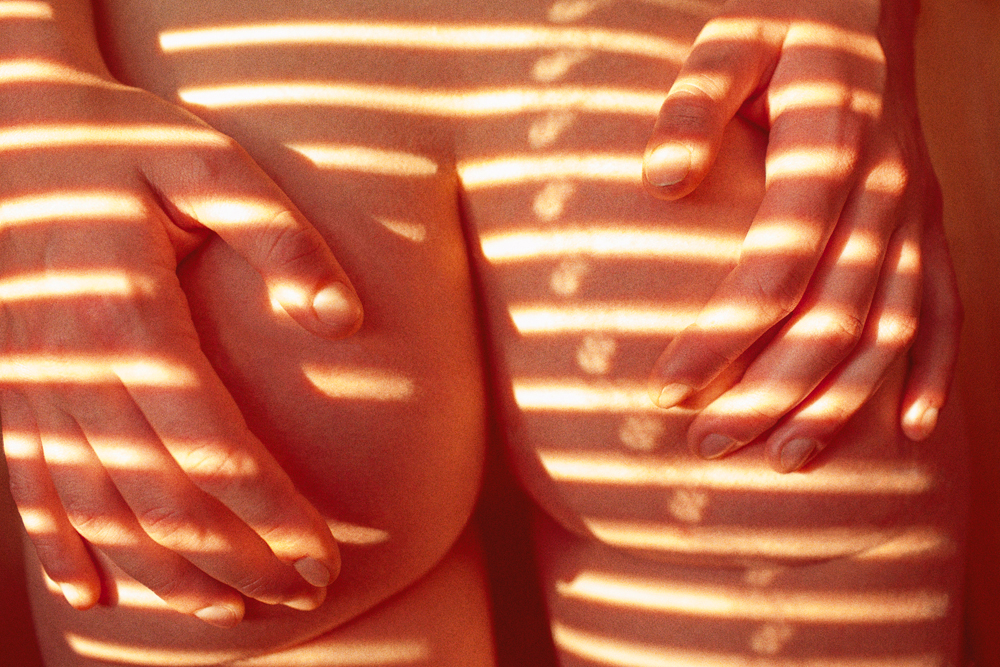Rizzoli’s Soft Experiment
“Soft is a word that’s become enmeshed in how we describe things, but has maybe lost its interest or appeal,” Rizzoli Editor Loren Olson says. “It’s a basic, fundamental word that people use all of the time, a word that people don’t really think about but that can also have deeply felt meanings.”
For the last two years, Olson has worked with Contributing Editor Nicholas Murphy and a creative team to reinvigorate the term soft through artists’ work, words, and collaborations, resulting in the new book Feelings: Soft Art (Skira Rizzoli). Unlike other Rizzoli publications that feature artworks adhering to a specific movement, location, or time period, Soft Art fuses together various generations and mediums, and also brings the viewer into the discussion. Lynda Benglis, John Baldessari, and Claes Oldenburg are presented alongside Ryan McGinley, Sterling Ruby, and Petra Collins; Ty Dolla Sign writes about his feelings when encountering one of Gerhard Richter’s cloud works; Karley Sciortino recounts feelings of vulnerability the first time she allowed a man to see her without makeup. “It runs the gamut from pleasure to the uncanny to disgust to rotting,” Olson continues.
Some images, like that of Justin Adian‘s Apron Strings, suggest softness through both the materials employed and titles given. The idea of aprons evokes softer notions of femininity and motherly figures, and as Adian says, “Soft is just such a non-dominant quality. That’s an attraction for me.”
Unlike Adian’s categorically soft works, Sam Moyer’s Mayerhoff and Blue Moon are made largely of marble and appear alongside “Material Empathy,” a piece she wrote specifically for Soft Art. “There’s a little irony to being included in the book,” Moyer says with a laugh. “My work walks this line between hard and soft-making soft things hard, and hard things appear soft. Over the past year, I’ve been working primarily with stone and mounting fabric to wood to make it as rigid as possible and defy its basic elements,” she continues. “You can see the arc of evolution between the two works.”
The tome also elicited collaboration. Musician Dev Hynes and artist Alice Lancaster had been friends for years but never created together; for Soft Art they spent a day in a studio, where Hynes produced three new songs and Lancaster accompanying pieces of art. Contrastingly, Benglis and Ruby knew each other’s work but had never met. Benglis flew to Los Angeles, met Ruby at the studio, and the ensuing conversation is printed in Soft Art.
As a whole, Feelings: Soft Art is an experiment for the publishing house. Complete with a 4mm-thick felt cover, overtly supple paper, and available for under 20 USD via Amazon (thanks to partnerships with inherently soft American companies Hostess, Hanes, Downey, and Blackglama), “it all hinges on this idea of the physical sensations and emotions experienced by artists and viewers,” Olson says. “Bringing the viewer into an art book is a new direction.”
FEELINGS: SOFT ART WILL BE RELEASED ON NOVEMBER 3 VIA SKIRA RIZZOLI. FOR MORE IMAGERY FROM THE BOOK, FOLLOW @FEELINGSSOFT ON INSTAGRAM.







